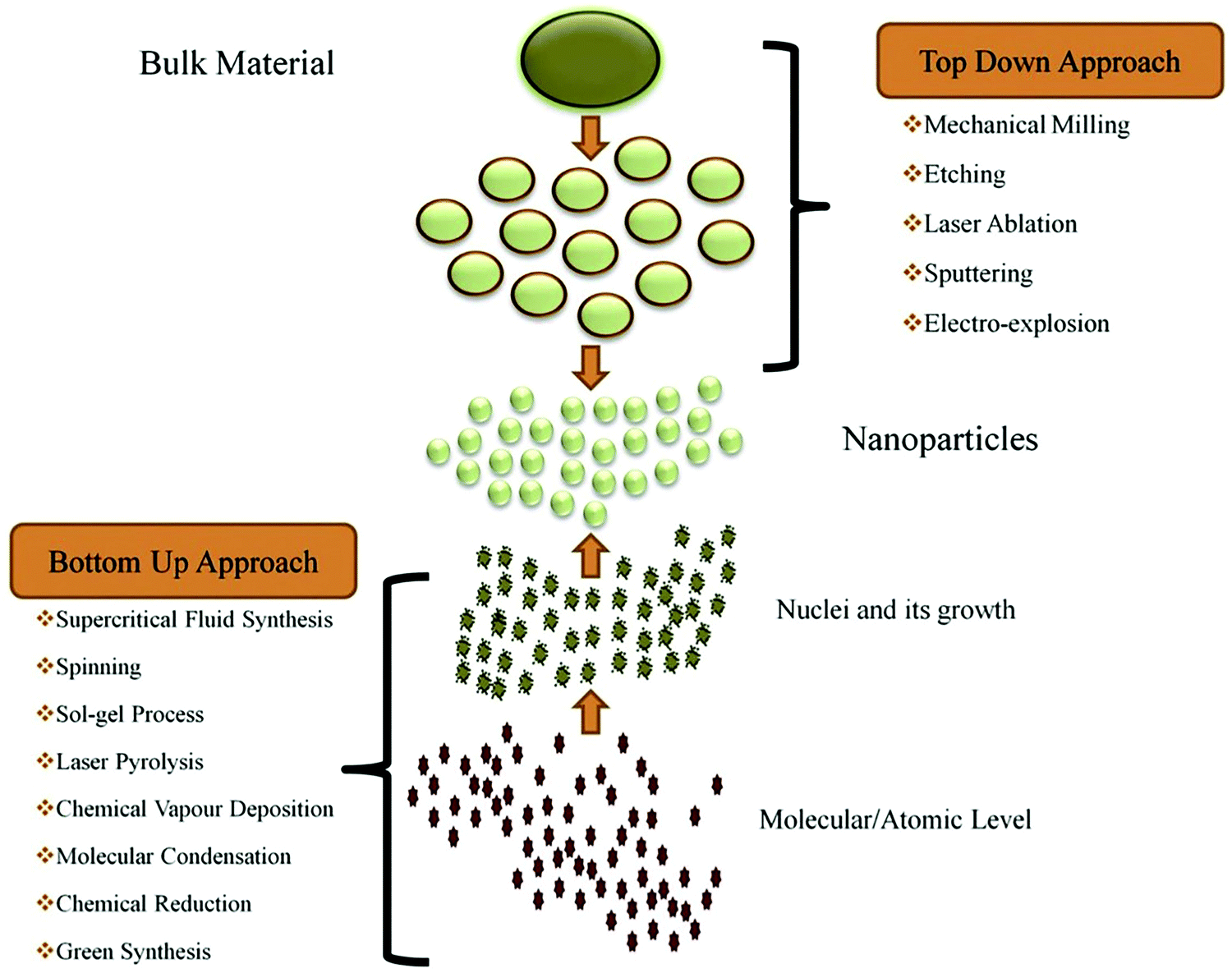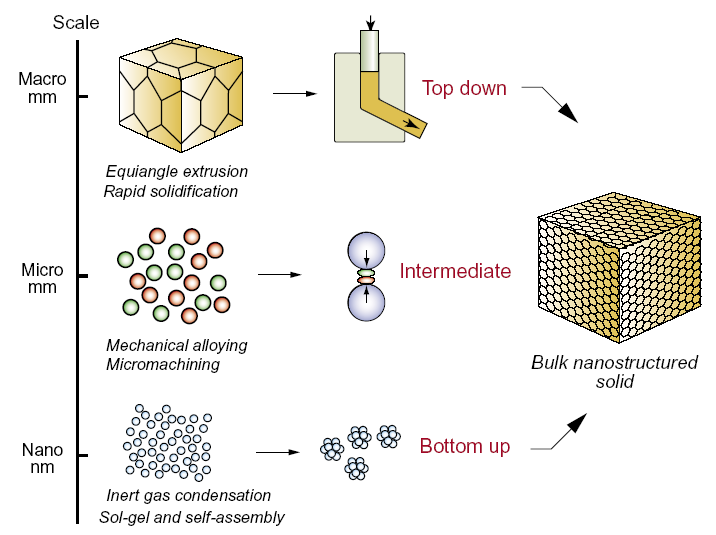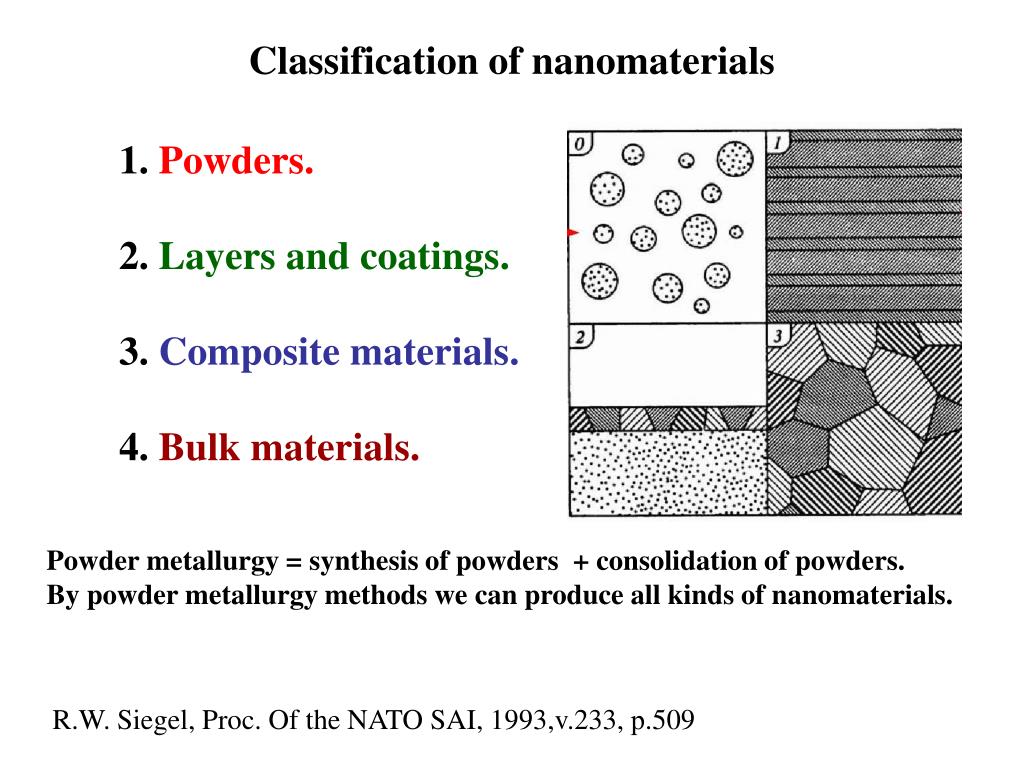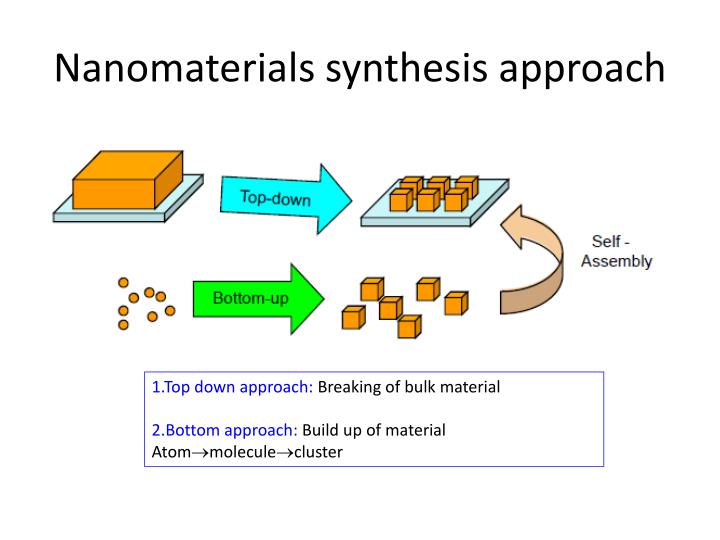Do you look for 'bulk nanomaterials synthesis'? Here you can find your answers.
For nanomaterials, there ar two main classes of synthesis methods, called ‘top-down’ and ‘bottom-up.’ Top-down methods, such as milling, take bulk materials and break them down in sized. The alternative, bottom-up methods use natural science processes to form nanomaterials from scrape.
Table of contents
- Bulk nanomaterials synthesis in 2021
- Synthesis of nanomaterials top-down and bottom-up approaches
- Nanomaterials applications
- Properties of nanomaterials
- Nanomaterial pdf
- Various methods of synthesis of nanoparticles pdf
- Examples of nanomaterials
- Nanomaterials examples
Bulk nanomaterials synthesis in 2021
 This picture demonstrates bulk nanomaterials synthesis.
This picture demonstrates bulk nanomaterials synthesis.
Synthesis of nanomaterials top-down and bottom-up approaches
 This picture representes Synthesis of nanomaterials top-down and bottom-up approaches.
This picture representes Synthesis of nanomaterials top-down and bottom-up approaches.
Nanomaterials applications
 This picture demonstrates Nanomaterials applications.
This picture demonstrates Nanomaterials applications.
Properties of nanomaterials
 This picture representes Properties of nanomaterials.
This picture representes Properties of nanomaterials.
Nanomaterial pdf
 This picture representes Nanomaterial pdf.
This picture representes Nanomaterial pdf.
Various methods of synthesis of nanoparticles pdf
 This picture illustrates Various methods of synthesis of nanoparticles pdf.
This picture illustrates Various methods of synthesis of nanoparticles pdf.
Examples of nanomaterials
 This picture representes Examples of nanomaterials.
This picture representes Examples of nanomaterials.
Nanomaterials examples
 This picture illustrates Nanomaterials examples.
This picture illustrates Nanomaterials examples.
How are nanoscale materials related to nanotechnology?
2. Materials having unique properties arising from their nanoscale dimensions Nanomaterials with fast ion transport are related also to nanoionics and nanoelectronics Nanoscale materials can also be used for bulk applications Nanomaterials are sometimes used in solar cells which combats the cost of traditional solar silicon cells NANOMATERIALS 4.
How are metal nanoparticles prepared for industrial use?
Generally, metal nanoparticles can be prepared and stabilized by chemical, physical and biological methods; the chemical approach, such as chemical reduction, electrochemical techniques, photochemical reduction and pyrolysis and physical methods, such as Arc-discharge and physical vapor condensation (pvc) is used [9, 10].
What is the difference between bulk materials and nanomaterials?
Bulk materials are particles that have their size above 100 nm in all dimensions. Most of the times, we use this term in order to name a substance that is granular or lumpy and exists in free-flowing form. we use the grain size and grain distribution in characterizing these materials.
Are there any methods for the synthesis of nanoparticles?
The synthesis of metallic nanoparticles is an active area of academic and, more significantly, applied research in nanotechnology. Several methods have been introduced for the synthesis of these materials. The techniques for synthesizing aluminum nanoparticles can be divided into solid-phase, liquid-phase and gas-phase processes.
Last Update: Oct 2021